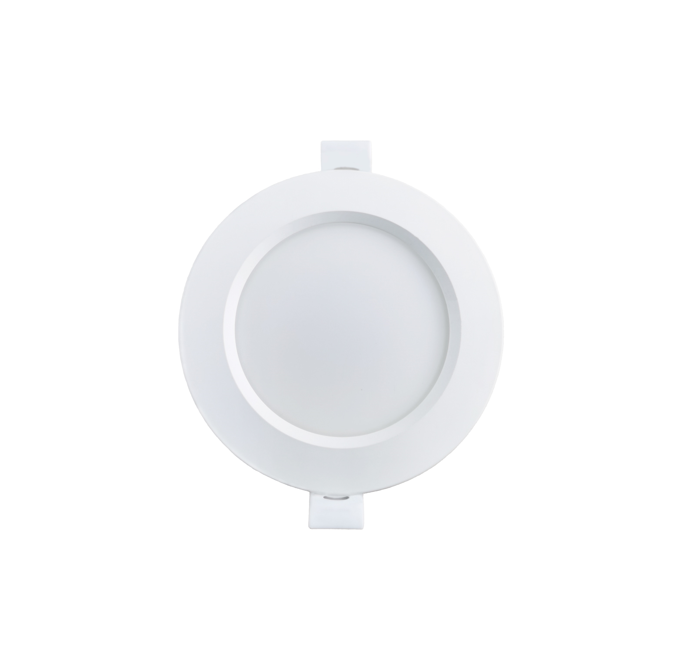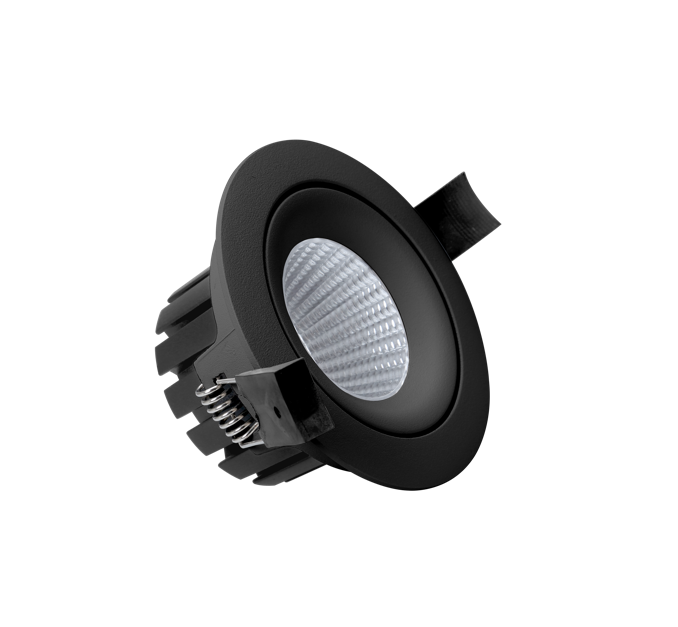FAQs
A light emitting diode (LED) is a semiconductor device that emits visible light when electrical current passes through it. To read more click here
Absolutely! Refer to our change out guide.
There are several obvious advantages LEDs have over traditional incandescent and filament light bulbs:
- low power consumption - energy saving of up to 84% when replacing eg 50W halogen globes with 9W LED lamp
- long lasting - up to 50,000 hours
- cold lighting - radiating heat is generally less than 50 degrees c
- small size and weight
- safer - low operating temperature reduces the chance of a ceiling fire to zero
- fast switch times – instant on
- replicate natural daylight and help to improve concentration levels
- simple to use.
There are three answers to this question, depending on the product.
LED T8
LED T8 (1200mm) tubes can be used to replace standard fluorescent tubes. LED built-in computer board circuitry will bypass the old iron core ballast, so the LED lamp will run. However, long term, the fixture should be rewired to remove the capacitor and ballast. The starter socket should also be removed. In the case of electronic transformers, technicians should refer to the transformer's specification. However, to be certain that the integrity of the LED is preserved, the ballast should be removed from the circuit. Insert wiring diagram
PAR
Where there is no transformer, LED PAR, with its in-built driver, will screw directly into the E and G series sockets wired for 240v. Where there is a transformer fitted, the fixture must be re-wired to bypass the transformer. The LED PAR and LED PLC, with their in- built drivers, will screw or plug directly into the E and G series sockets. GU10 lamps also have built in drivers, so they can be plugged directly into the 240v socket for immediate operation.
MR16
LED MR16 lights should run on LED drivers. MR16 lamps will run on iron core quartz halogen transformers (the big heavy black units) but they generally won’t run on electric quartz halogen transformers. It is unclear what effect quartz halogen transformers have on LED lamps, however most manufacturers will only warranty lamps that are run on LED drivers. The circuitry and on-board driver in an AC/DC LED lamp will be compromised by long term power supply through an iron core transformer.
MR16
Yes, LED lamps can come in dimmable models. Not all LED’s are dimmable and must be manufactured to be dimmable, a feature that will be highlighted in the specification. Most manufacturers are attempting to design and manufacture a dimming MR16 lamp and driver set. A dimmable lamp will only operate on a dedicated dimmable driver, which will be manufactured to operate with either a leading or trailing edge dimmer. Lamps and drivers should be sourced from a common manufacturer. Look for indications regarding dimmer type; either trailing or leading edge technology.
GU10
Yes, these LED lamps can be dimmable. They are not all dimmable and must be manufactured to be dimmable, a feature that will be highlighted in the specification. A dimmable lamp will only operate when it is matched with either a leading or trailing edge dimmer. Experiment until you find a lamp that operates correctly with the installed dimmer. Ask us for recommendations. For more information on dimming LED, click here
Although most lamps emit “white” light, this can vary from a cosy “very warm” white to a “cool” white according to the “colour temperature” of the lamp and the needs of the environment in which they are operating. Based on our research, the colour temperature known as 3000K (Kelvins) is the universally acceptable colour that Australian residential customers prefer. This is slightly brighter than the more yellow light of incandescent globes. While some people will notice a difference, it doesn’t take long to adjust to the slight change in “colour” when changing over to LED lighting. 4000K, 5000K and 6000K are the acceptable colours that Australian commercial customers prefer.


